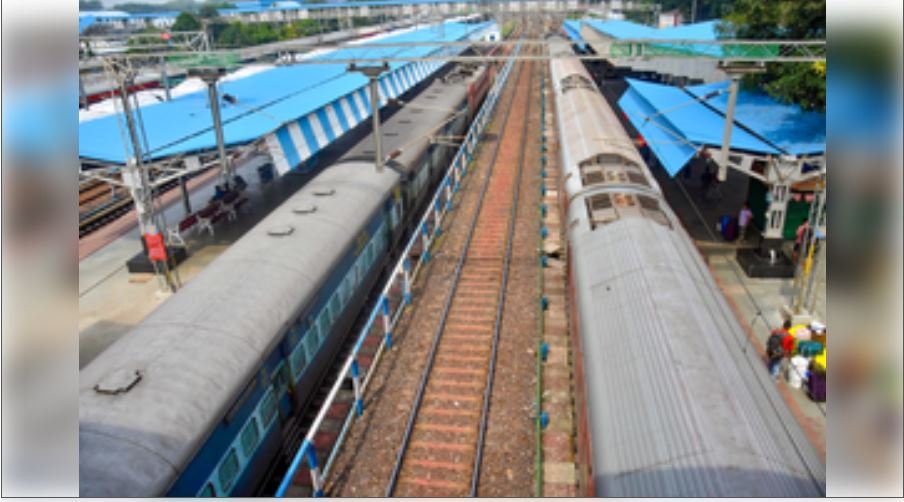Rail Budget 2025: Preparing for major changes in Budget 2025 for Railways, what could be a special announcement for you?

New Delhi| The capital expenditure allocation of Indian Railways could be increased by 15-20% in Budget 2025. This is expected because the current year’s allocation is being spent on time. The total capital expenditure allocation (capex) in Budget 2025-26 for the country’s largest transporter could be increased from ₹2.65 lakh crore in the current financial year to over ₹3 lakh crore. In the coming budget, the government’s emphasis may be on building modern railway stations, starting new round of trains and reducing the load on the track network. Finance Minister Nirmala Sitharaman will present the budget for the financial year 2025-26 in the Lok Sabha on 01 February 2026.
Allocation on capex in railways can be increased by 20%
According to a source associated with Railways, the allocation on capital expenditure (capex) of Railways can be increased by 20 percent in the coming budget. According to railway estimates, out of the Rs 2.65 lakh crore received under this head in the last budget, the railways have so far spent about 80 per cent. According to a senior official, the Railway Board has spent more than Rs 2 lakh crore in the current financial year. According to him, the capex target will be completely achieved before the end of the financial year.

What will be announced in the Railway Budget for the special experience of common people?
In the budget to be presented for the coming year, the Finance Minister can make a big announcement for the Railways to give special experience to the common people. In this budget, the government may announce more allocation for laying new tracks and upgrading old tracks. Expenses may also be increased on the purchase of rolling stock locomotives, wagons and coaches. The government may continue to increase its expenditure on the government’s ambitious Mumbai-Ahmedabad High Speed Rail Corridor (MAHSR). The budget allocation of Bullet Train can be increased to speed up the project. Apart from this, the business world has also appealed to the government to continue increasing expenditure on large capital expenditure, thereby encouraging private investment and allowing the softened growth rate to return to track.
Preparation to increase expenditure on railways under PPP mode
The country’s economic growth rate is projected to reach a four-year low of 6.4% in the current fiscal year. In the previous financial year, the figure was 8.2%. The central government has provided Rs 11.1 lakh for capital expenditure in the current financial year. This amount is more than Rs 10 lakh crore earmarked for capital expenditure of the previous financial year (2023-24). A large part of this amount has been spent on big projects like railways and roads. Investment targets under Public Private Partnership (PPP mode) are expected to be raised in FY2026. Railways has set a target of spending Rs 10 thousand crore on capital expenses under PPP in the current financial year, 90% of it has been spent by mid-January.

The government’s emphasis will be on infrastructure development and passenger facilities
Capital expenditure of Rs 50,903 crore was planned for rolling stock in the current financial year. The allocation for capacity enhancement work including new lines, gauge conversion, track doubling, traffic facilities, railway electrification, investment in public sector undertakings and metropolitan transport was Rs 1.2 lakh crore. This year, Rs 34,412 crore was allocated for security related works. In fiscal year 2025, the Railways planned to spend Rs 21,000 crore on National High Speed Rail Corporation Limited (NHRCL), the entity executing the bullet train project. This time’s budget is expected to accelerate the work of this important corridor and significantly increase the allocation for infrastructure development. Railways is also going to start operating modern Vande Bharat sleeper trains in the new financial year. Announcements related to this can also be made in the budget. This is expected to improve the passenger experience during long journeys.









